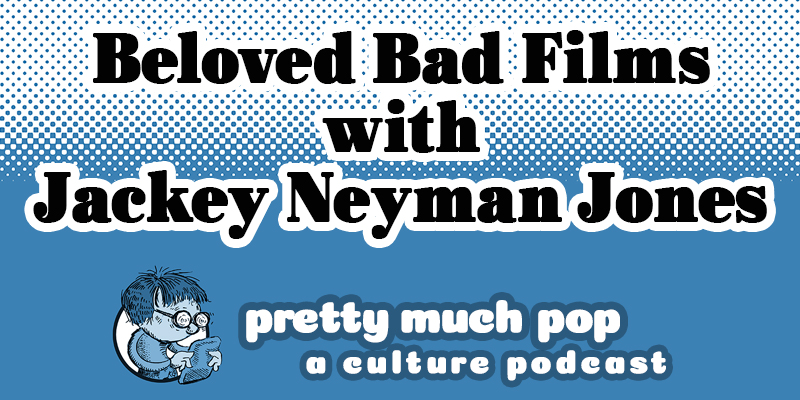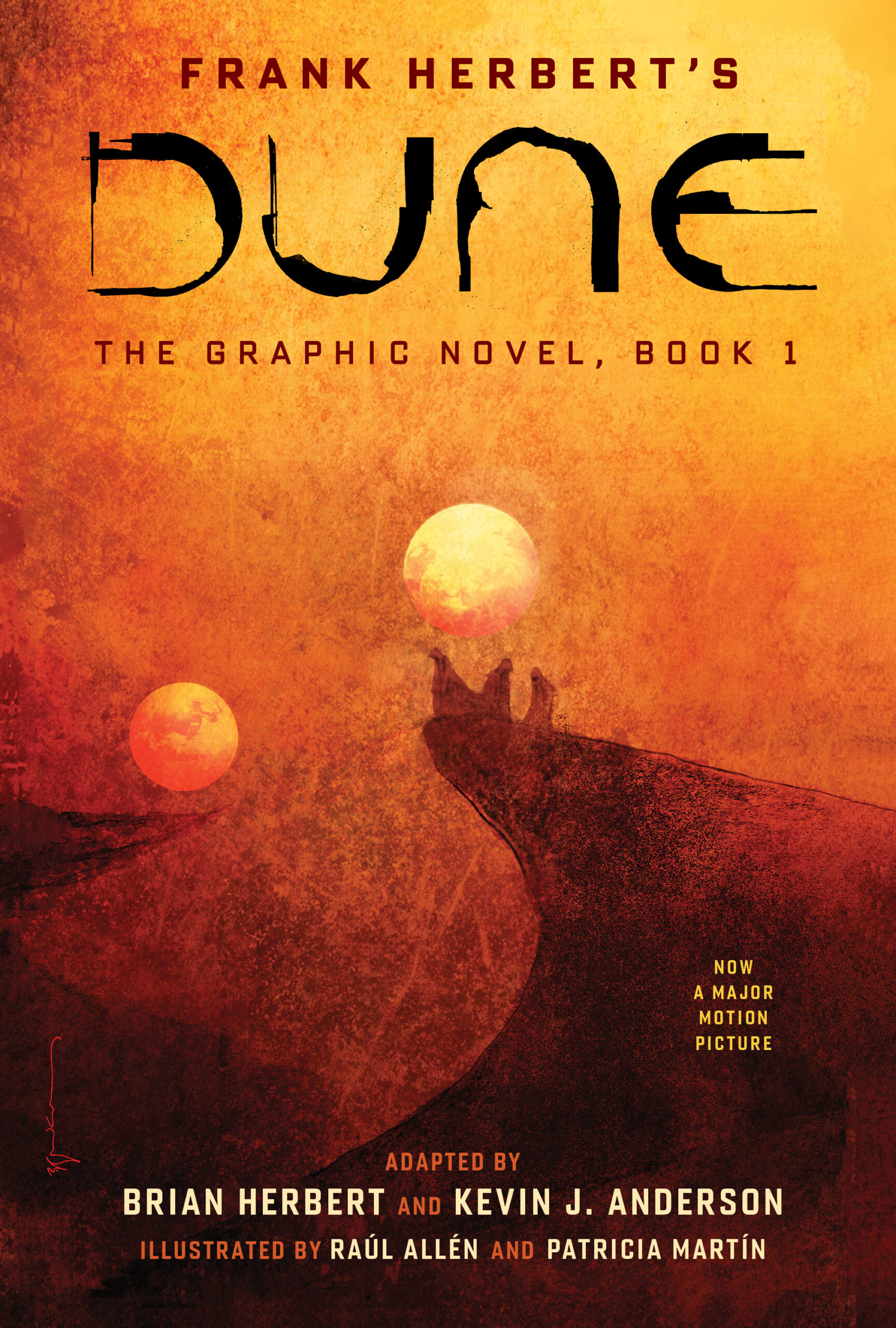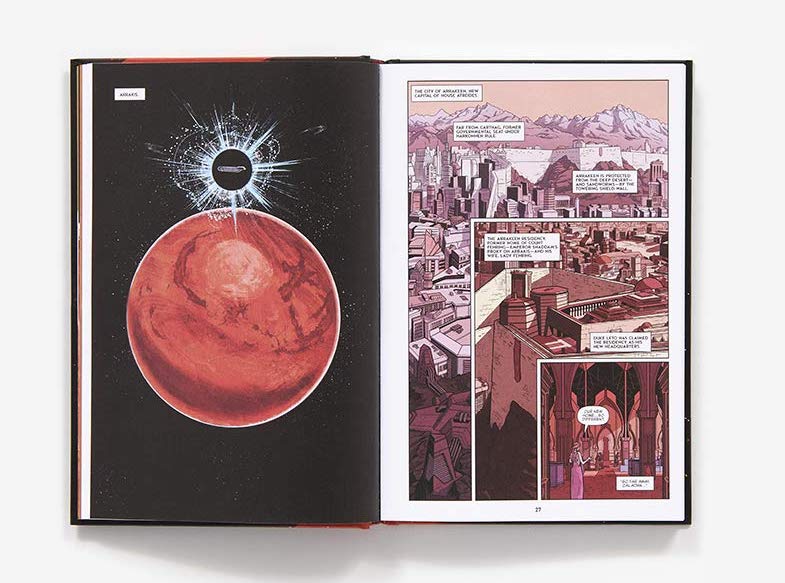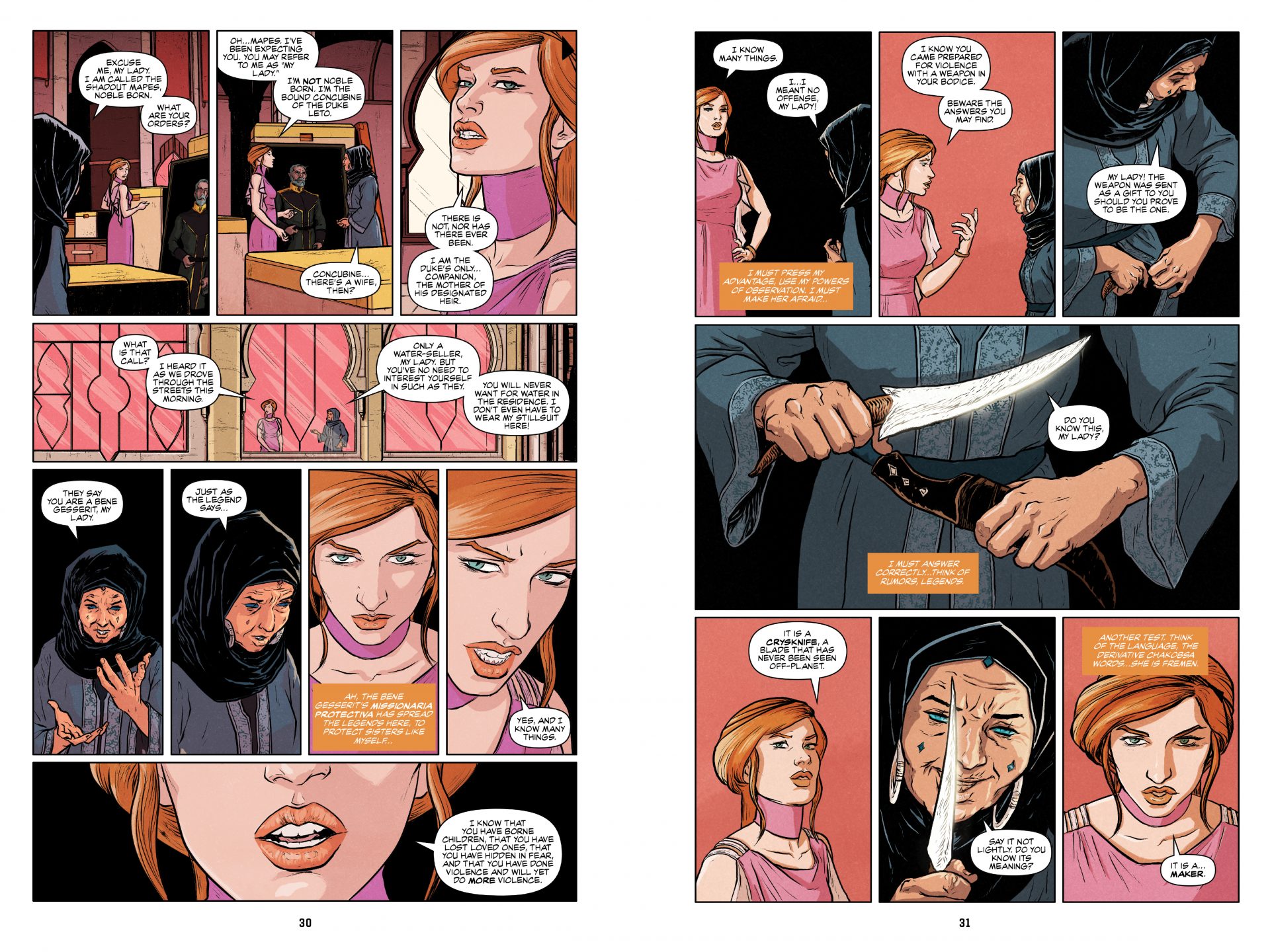The history of ambient music is a difficult story to tell in the same way we tell other histories, namely by reference to great men and women and the movements they inspired. When it comes to ambient music, there are few stars, and it can be difficult to lump artists together into categories. But what else would we expect from music designed to exist in the background?
The convenient origin point of the genre is Brian Eno’s 1978 Music for Airports, the first album released as an “Ambient” record and imagined as music made for a waiting room. Eno’s spiritual forefather, Erik Satie, famously called his minimalist compositions “furniture music” and also thought of them as accompaniment to mundane tasks.
Through these conceptual reductions of music to its most utilitarian function—creating a mildly pleasant atmosphere—ambient explores the space of daydreaming and the vague emotions associated with it. Few composers of ambient have pursued the genre’s ostensible purpose with as much practicality and direct application as in Japan, where “the influence of minimalist composers like Philip Glass and Terry Riley met a golden era for electronics” in the 1980s, Jack Needham writes at The Guardian.
Japanese composers adapted centuries of tradition to dizzying modernization:
Traditional Japanese music has mirrored its surroundings for centuries – the shakuhachi, a seventh-century bamboo flute, was designed to play all 12 tones of the western chromatic scale as a way to give voice to nature’s diversity. So in Japan’s 1980s economic boom, when cities like Tokyo were mutating at warp speed and Roland synthesisers replaced the classical instrument, ambient was reflecting these new, hyper-advanced landscapes.
The music they made was “unabashedly corporate,” becoming big business when Takashi Kokubo’s 1987 album Get at the Wave was “given away with Sanyo air conditioning units.” Andy Beta at Vulture details how Japanese ambient music became big in the U.S. through a compilation called Kankyō Ongaku: Japanese Environmental, Ambient & New Age Music 1980–1990. The title means “environmental music,” and it was also referred to as “background music,” or BGM by industry insiders (and Yellow Magic Orchestra). But whatever we call it, we cannot discuss Japanese ambient without reference to the pioneering work of Hiroshi Yoshimura.
Yoshimura’s Green “is an example of Japanese minimalism at its finest,” writes Vivian Yeung at Crack, “with the melding of natural sounds—via birds, running water and crickets—to the artificiality of arpeggiating synths and soft minimal notes deployed to poignant effect.” Wet Land, from 1993, deploys soft synths in minimalist melodies that recall Satie’s few, well-chosen notes. Yoshimura’s music has spread far beyond Japan through the same mechanism as the recent boom in Japanese “city pop”—through YouTube algorithms.
After discovering Yoshimura online, SPIN’s Andy Cush wrote, “Now, I listen to Yoshimura’s music almost every day, both because I find it tremendously moving and because YouTube won’t stop playing it.” But there’s far more to the recent popularity of Japanese ambient music than algorithms, Beta argues, noting that the “Satie boom” in postwar Japan led to a musical revolution that is perhaps particularly appealing to Western ears. In any case, as one of Yoshimura’s new “accidental fans” writes, his internet fame has far eclipsed his fame in life.
When he died in 2003, Yoshimura “was a footnote in music history…. His work mostly ended up as background noise in museums, galleries or show homes.” Beautiful background noise, however, was exactly the purpose of kankyō ongaku, and composers like Yoshimura did not exceed the brief. Instead, he perfected the form conceived by Eno as “ignorable as it is interesting,” music made to “induce calm and a space to think.” If you’re craving such an atmosphere, you may need to look no farther. You can sample Yoshimura’s key albums here, and find more of his works (where else?) on YouTube.
Related Content:
Hear the Very First Pieces of Ambient Music, Erik Satie’s Furniture Music (Circa 1917)
Josh Jones is a writer and musician based in Durham, NC. Follow him at @jdmagness.






